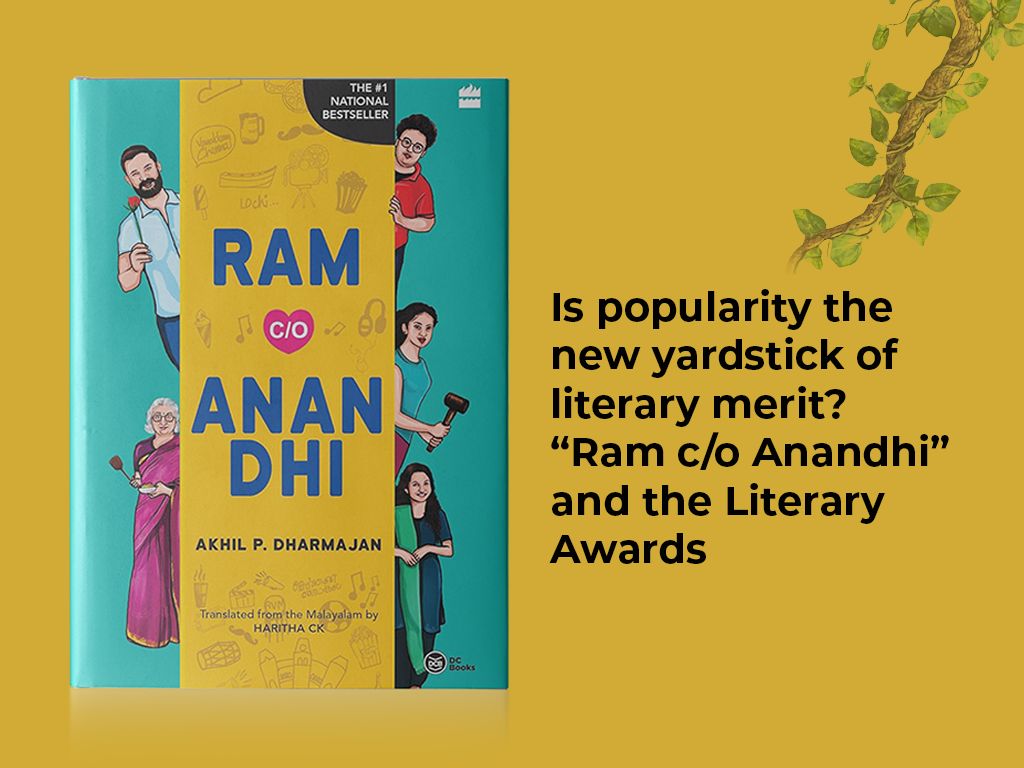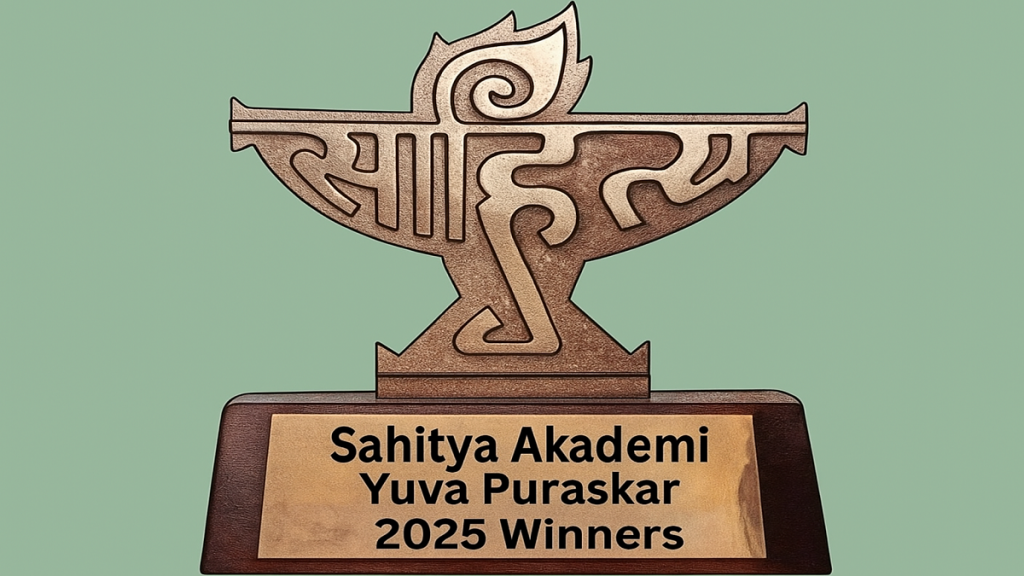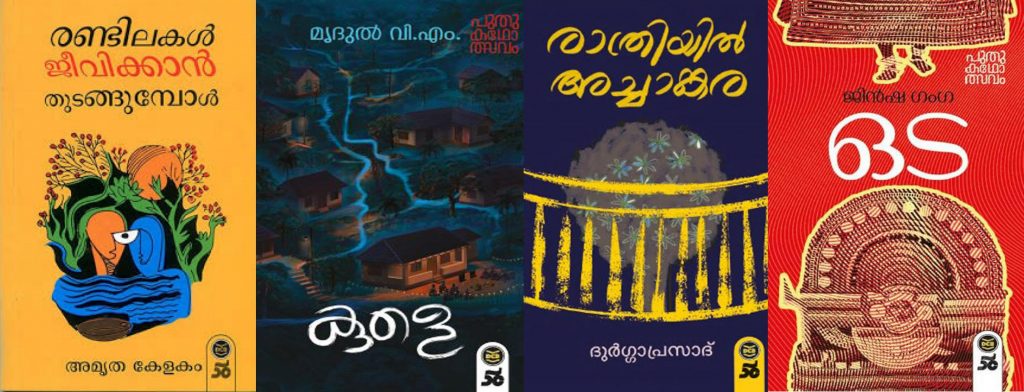When Popularity Wins Over Prose: The Debate Around Pulp Fiction and Literary Awards
BY MEGHA ANN MATHEW
20 June, 2025

The literary world is no stranger to controversy, but the recent announcement of the 2025 Sahitya Akademi Yuva Puraskar in Malayalam has stirred a particularly heated debate. The award was given to Ram C/o Anandhi, a novel by Akhil P Dharmajan, a book many have criticised as pulp fiction disguised as literary achievement. While some defend its mass appeal and readability, others argue that such choices compromise the intellectual integrity of the award itself.
The Yuva Puraskar, awarded annually to promising writers under 35, has typically spotlighted poetic nuance and narrative depth across genres. In its 15-year history, only three novels have won; the rest mostly went to short stories and poetry. This year’s jury, comprising Professor AG Alina Oleena, Dr. V. Rajeev, and Dr. Sreevrinda Nair, opted to honour a work that, while a commercial success, has faced significant literary backlash.

Ram C/o Anandhi tells the story of Ram, a middle-class man navigating life’s emotional and social complexities, with the titular character Anandhi playing a pivotal role in his journey. Set against a familiar urban backdrop, the novel blends themes of romance, personal conflict, and everyday struggles, making it accessible and instantly relatable to a wide audience. The narrative flows in a linear, screenplay-like structure, often resembling the pacing and rhythm of a film script more than traditional literary prose. Akhil P Dharmajan, the author, has openly described it as a “cinematic novel,” underlining his intent to deliver a visual, fast-moving, and digestible reading experience. The language is simple, the chapters short, and the storytelling heavily driven by dialogue and moment-to-moment scene shifts, traits typically associated with commercial fiction rather than literary depth. As a writer, Akhil brings with him a screenwriting background, and that influence is palpable in the novel’s tone and presentation. While this style has resonated with casual readers, critics argue that it lacks the complexity, layered narrative, and reflective quality expected from award-winning literature.
Ram C/o Anandhi has undeniably been a bestseller. Its cinematic storytelling and breezy narrative structure found favour among general readers, selling more than four lakh copies. But critics question whether sales alone should dictate literary merit. Eminent writer Kalpetta Narayanan criticised the novel as lacking imagination and depth, calling it “an award for a startup” rather than for literature. He warned that honouring such works could harm Kerala’s literary tradition in the long run.
Writer and Yuva Puraskar recipient Indu Menon was more direct. She termed the award as a signal that Malayalam literature was heading toward a future dominated by pulp fiction. She even mockingly suggested that if this trend continues, books like Parangodi Parinayam might soon become the face of Malayalam literature.
What deepens the controversy is the list of other shortlisted works, many of which possess clear literary merit and stylistic finesse. Take Randilakal Jeevikkan Thundangumbol by Amrutha Kelakam, a poetry collection praised for its social relevance and lyrical force. Or Durga Prasad’s Rathriyil Achankara, which blends modern sensibility with traditional rhythm. These works offer a richness of metaphor, emotion, and craft qualities long associated with Sahitya Akademi standards.

Short story collections like Oda by Jinsha Ganga and Kule by V M Mrudul have also been hailed for their narrative innovation and thematic resonance. Unlike Ram C/o Anandhi, which many claim reads like a screenplay, these stories delve into the human condition with subtlety and seriousness.
Supporters of Akhil P Dharmajan argue that awards must evolve with changing literary tastes. If literature is to remain relevant, they say, it must reflect popular voice. They point to bestselling works like Aadujeevitham, which also faced literary scepticism despite being widely read. But such comparisons overlook an essential distinction: Aadujeevitham, despite its popularity, was a meticulously crafted narrative with socio-political undertones and emotional heft. In contrast, critics argue that Ram C/o Anandhi offers neither depth nor nuance, relying instead on trendy storytelling and marketable appeal.
One compelling argument voiced in the literary community is the need to distinguish between popularity and merit when it comes to awards. If commercial success alone becomes the primary benchmark for literary recognition, then perhaps it’s time to institute a separate category, something akin to a “Best Popular Novel” award. Such a move would acknowledge mass appeal without compromising the integrity of awards designed to uphold literary excellence. This perspective reflects a growing concern: that the boundary between serious literature and market-driven content is becoming dangerously blurred. When bestseller status starts to outweigh the depth, craft, and innovation that traditionally define literature, it risks reducing these awards to little more than popularity contests, stripping them of their original purpose to recognise enduring literary value.
Books often become bestsellers not solely because of their literary merit, but due to strategic marketing and effective visibility campaigns. In today’s digital age, a well-executed social media strategy can catapult a book into public consciousness, regardless of its artistic depth. Ram C/o Anandhi is a clear example of this trend. The book was aggressively promoted through Instagram reels, influencer endorsements, and frequent author interactions online, creating a strong presence across reader communities. It was positioned not just as a novel, but as a cultural product—accessible, trendy, and easy to consume. The publisher’s use of visually appealing designs, snappy promotional trailers, and targeted online campaigns helped the book gain traction rapidly. However, popularity achieved through such orchestrated marketing efforts often reflects consumer trends more than critical acclaim. The commercial buzz may generate impressive sales figures, but it does not automatically translate into the literary quality that national awards are meant to honour.
There’s also concern about politicisation. Some writers have hinted at the central government’s growing influence over cultural institutions, suggesting that Akhil’s political leanings may have played a role in his selection. While such claims remain speculative, they do raise questions about the transparency and independence of the jury process.

Akhil P Dharmajan
Literary awards are meant to honour more than just reach; they should celebrate risk, experimentation, and thought. They should validate efforts that expand the boundaries of language, structure, and meaning. Ram C/o Anandhi may have inspired readers to pick up a book, but is that alone enough to justify one of India’s most respected literary recognitions?
While the jury’s decision stands, the debate it has triggered is vital. It’s not about gatekeeping or elitism, it’s about recognising that literary awards hold the power to shape future writing. They validate what we celebrate and inspire what comes next. If those awards lean too heavily toward mass-market taste, we risk forgetting the quiet brilliance that has always defined great literature.
Ram C/o Anandhi may be popular. It may even be a stepping stone for new readers. But as a literary benchmark, many believe it falls short and in doing so, casts a long shadow over those who continue to labour in the quiet service of literary excellence.
